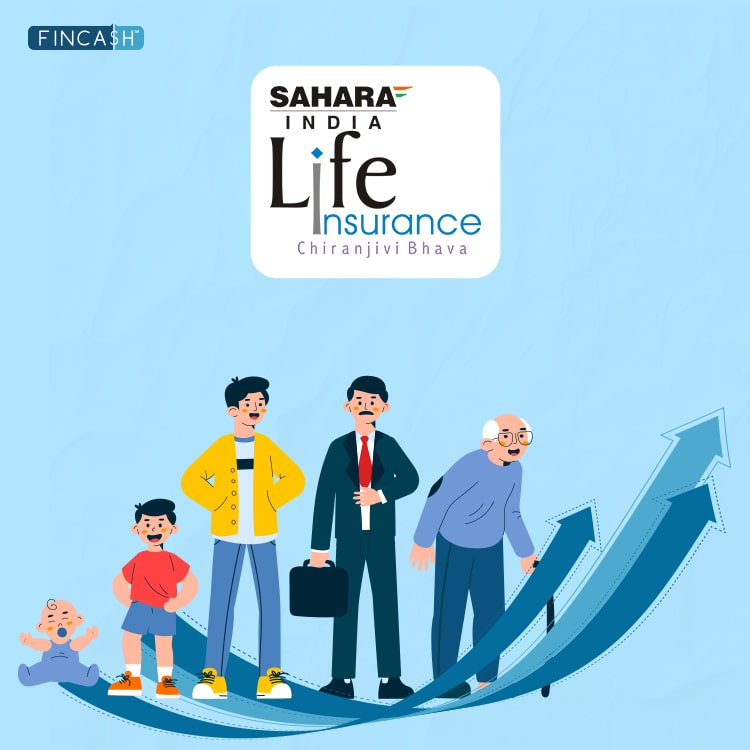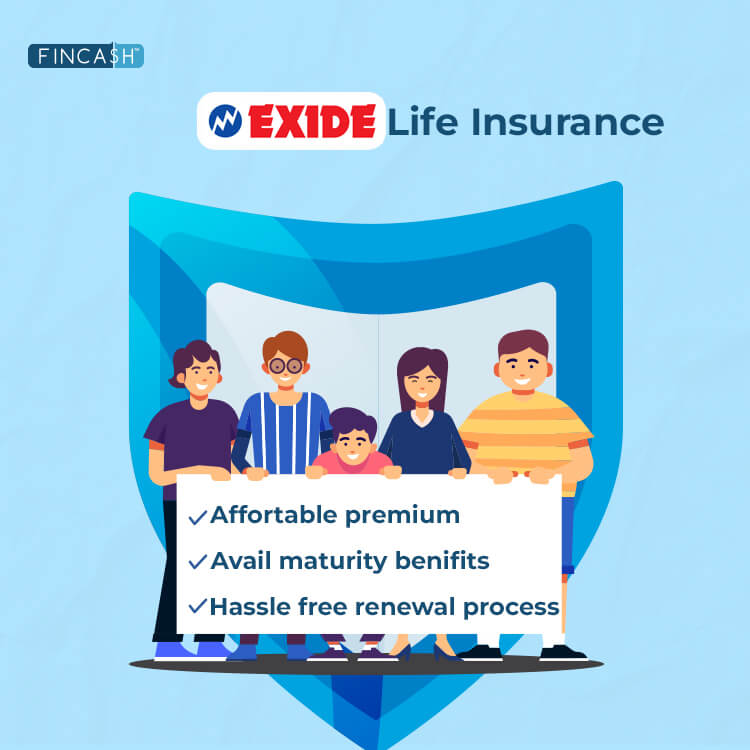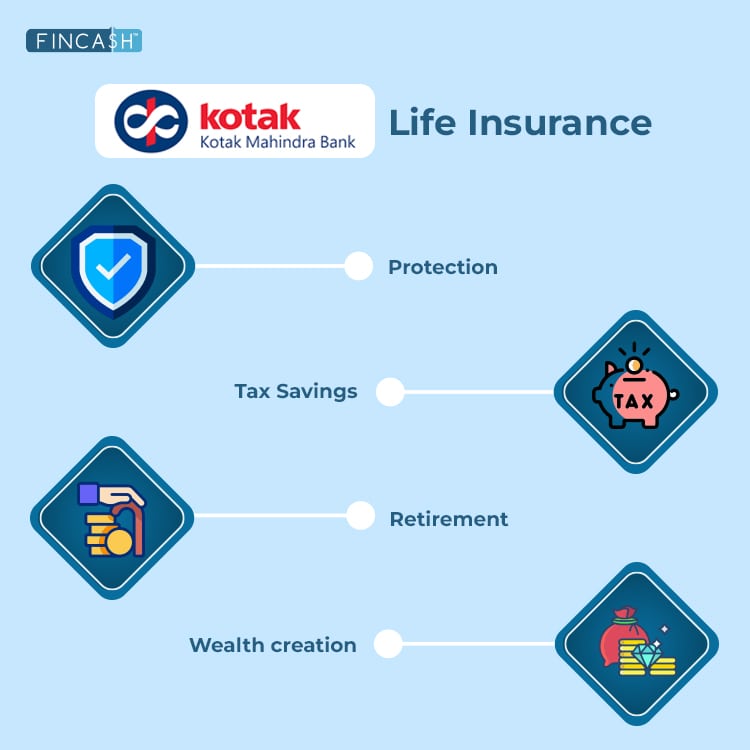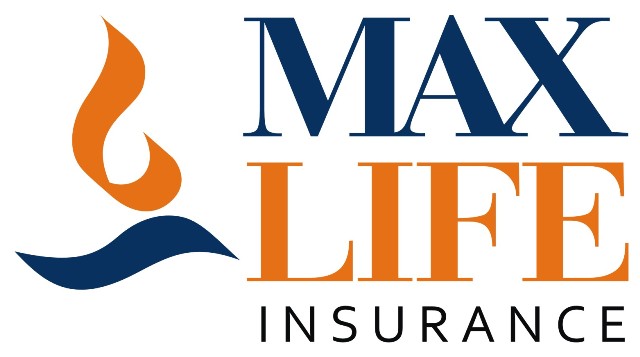
Table of Contents
Bank-Owned Life Insurance
What is Bank-Owned Life Insurance?
Bank-Owned Life Insurance (BOLI) is a type of life insurance that the banks purchase. Here, the bank remains the beneficiary and is generally the owner of the policy as well. Such insurances are used in the form of shelter against tax for financial institutes.

These insurances help to leverage the tax-free savings provisions as the funding mechanism for the benefits of employees.
How Bank-Owned Life Insurance Works?
Primarily, the BOLI contracts are used by banks to gather funds for employee benefits at a lower rate in comparison to what they would have paid otherwise. This procedure has a set methodology that it adheres by.
To begin with, the bank comes up with a contract and makes payments into a specific fund that has been set aside for the insurance trust. Now, all employee benefits that have to be paid, get covered under this plan, and the funds are paid.
Talk to our investment specialist
All of the premiums that are paid into funds, along with Capital appreciation are generally tax-free for the bank. Thus, banks and financial institutes can use the bank-owned life insurance system to fund their employees without paying any additional tax.
Advantages and Disadvantages of Bank-Owned Life Insurance
Earlier, the bank-owned life insurance was taken to provide utmost benefits to senior executives. However, today, banks have started adopting it for the advantages for every employee. As mentioned above, one of the supreme advantages of a BOLI is that it comprises tax favourability and the competence to generate Income that Offset the expense linked with employee benefits programs.
However, that is not only the case as this insurance type also comes with certain disadvantages. For instance, if the bank surrenders the insurance policy, the benefits within the policy will become taxable at a certain percentage.
And, the bank would have to pay the penalty for the same as well. If the policy is kept until the death of every insured, the profit becomes a part of the tax-free death advantage, and no tax gets incurred. Adding more to it, the biggest concern for a majority of banks remains the credit quality of the insurance carrier.
Although several carriers provide satisfactory quality; however, this can change drastically over the period of time. And then, the competitiveness in the credit rating always remains alive.
All efforts have been made to ensure the information provided here is accurate. However, no guarantees are made regarding correctness of data. Please verify with scheme information document before making any investment.












